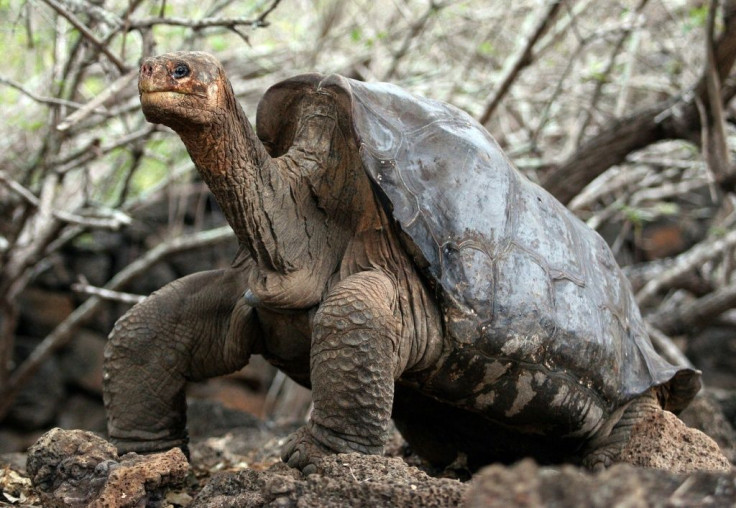Sixth Mass Extinction On Earth Is Accelerating, Scientists Warn

KEY POINTS
- Earth's sixth mass extinction event is accelerating
- Over 500 species of animals could disappear in two decades
- The mass extinctions could cause the civilization to collapse
Scientists warned that the current mass extinction event affecting Earth is happening at an accelerated rate. If it continues, the scientists noted that it could trigger the collapse of the entire civilization.
The study on the sixth mass extinction event on Earth was conducted by biologists from Stanford University and the National Autonomous University of Mexico. It was published in the journal Proceedings of the National Academy of Science of the United States of America.
The ongoing mass extinction event, also known as the Holocene extinction, is a global phenomenon affecting different species of plants and animals. Although the current mass extinction was triggered by various factors, the degradation of highly biodiverse habitats such as rainforests and coral reefs has been cited as a major cause behind the event.
Previous studies have already proven that Earth is already experiencing its sixth mass extinction event with the loss of several animal and plant species. Aside from the fact that it’s already happening, a new study stated that the extinction event is accelerating.
Using data from the Red List of Threatened Species and Birdlife International compiled by the International Union for Conservation of Nature, the scientists identified the species of animals that are currently on the brink of extinction.
They discovered that within 20 years, over 500 species of land animals are in danger of disappearing. The scientists noted that this figure indicates an accelerated rate since over the last century, the same number of species was lost.
According to the scientists, these endangered species of land animals have less than 1,000 members left. These include the Sumatran rhino, the Espanola giant tortoise, harlequin frog and the Clarion Wren.
“What we do to deal with the current extinction crisis in the next two decades will define the fate of millions of species,” the study’s lead author Gerardo Ceballos said in a statement. “We are facing our final opportunity to ensure that the many services nature provides us do not get irretrievably sabotaged.”
The scientists warned that the loss of an entire species of animals could trigger the extinction of a different one due to its effect on biodiversity and the natural food chain. Eventually, if the mass extinction trend continues, the planet would lose a significant amount of animal species. The collapse of the food supply could lead to the breakdown of an entire civilization.
“Close ecological interactions of species on the brink tend to move other species toward annihilation when they disappear – extinction breeds extinctions,” the researchers wrote in their study.
© Copyright IBTimes 2025. All rights reserved.





















